
 Roni Essex
Freediver, Spearo, Creator
Roni Essex
Freediver, Spearo, Creator

 Roni Essex
Freediver, Spearo, Creator
Roni Essex
Freediver, Spearo, Creator
Let’s be honest—when it comes to how we get our fish, we’ve got options. Two of the most talked-about methods? Spearfishing and commercial fishing. On the surface, both aim to fill our plates with delicious seafood, but dig a little deeper, and you'll find they’re worlds apart in terms of environmental impact. One method feels like a precision strike, the other like carpet bombing. But let’s break it down and see what’s really going on beneath the waves.
Spearfishing is, in essence, one of the oldest and most sustainable ways to harvest fish. Armed with little more than a speargun, fins, and a wetsuit, a spearfisher enters the underwater world and selectively hunts their target. It’s an intimate experience—you're choosing your prey, making sure it's the right size, and ensuring nothing goes to waste.
Commercial fishing, on the other hand, operates on a much grander scale. Large vessels deploy nets, longlines, and trawls to scoop up massive amounts of fish in one go. Efficiency is key, and the goal is volume. This often means bycatch, habitat destruction, and overfishing become unavoidable side effects.
So, when it comes to environmental impact, how do these two methods stack up?

One of the most significant environmental benefits of spearfishing is selectivity. A spearo, armed with experience and training, only targets specific species and sizes. If the fish doesn’t meet the criteria—too small, breeding female, or endangered—it simply doesn’t get taken. That means virtually zero bycatch.
Contrast that with commercial fishing, where selectivity takes a backseat to sheer volume. Take trawling, for example. These massive nets don’t discriminate. They haul up everything in their path—juveniles, non-target species, and even endangered marine life. According to studies, bycatch in commercial fishing can account for up to 40% of the total catch. That means millions of tons of fish are wasted each year, discarded back into the ocean, often dead or dying. It’s like trying to catch a specific type of apple by shaking the whole tree and hoping for the best.
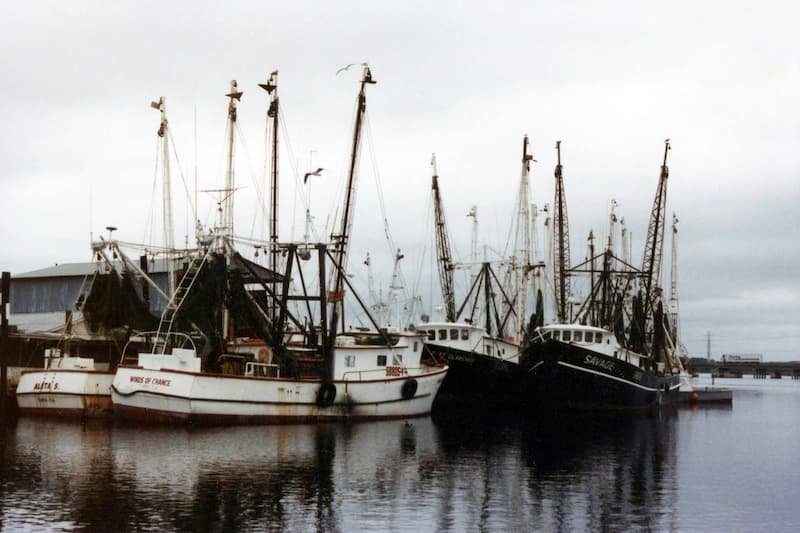
Spearfishing is about as low-impact as you can get. A single diver, moving stealthily through the water, leaves no trace. No coral reefs are damaged, no seabeds are disturbed. It’s the underwater equivalent of foraging for berries in the woods—take what you need and leave everything else intact.
Commercial fishing? Not so much. Bottom trawling, one of the most destructive methods, drags heavy nets across the ocean floor, obliterating everything in their path. Coral reefs, essential fish habitats, and delicate ecosystems are often reduced to rubble. It’s an underwater apocalypse that takes decades—sometimes centuries—to recover from. Even longlining, which seems less invasive, results in discarded lines and hooks that can entangle marine life for years.
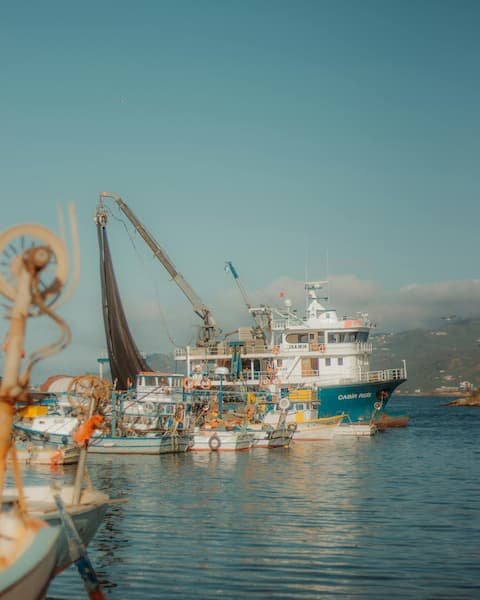
Spearfishing, by nature, is self-regulating. Most spearos adhere to local regulations, targeting only what they can personally consume. Plus, since spearfishing is physically demanding, there’s a natural cap on how much one can harvest in a single dive.
Commercial fishing, driven by profit and demand, lacks this self-imposed restraint. Industrial-scale operations deplete fish stocks faster than they can replenish, pushing entire species to the brink of collapse. Consider the Atlantic cod crisis—once an abundant species, now a cautionary tale of what happens when we take too much, too fast.
Aquaculture, often touted as a solution to overfishing, isn't without its own environmental headaches—think pollution, disease spread, and genetic dilution of wild populations. In many cases, it’s merely a band-aid on a bullet wound.
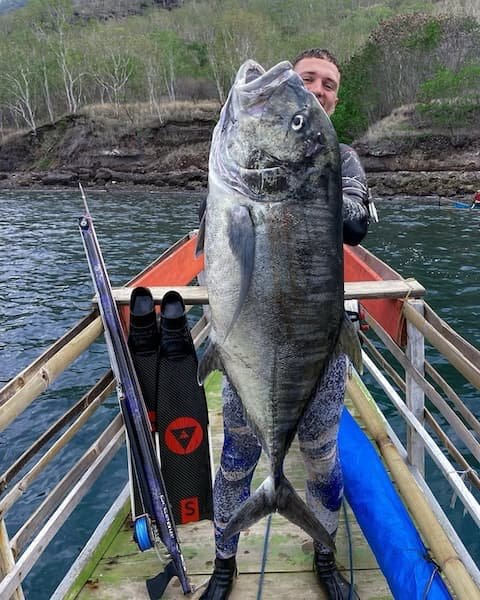
Let’s talk emissions. Spearfishing? Almost negligible. Most spearos rely on their own two legs (or fins) to reach the fish. The only emissions come from the occasional boat ride to the dive site, and even then, it’s a fraction of what commercial fishing vessels churn out.
Speaking of commercial fishing vessels, they’re floating factories powered by massive diesel engines. They burn through thousands of gallons of fuel, crisscrossing oceans in search of dwindling fish stocks. Factor in refrigeration, processing, and transportation, and you've got a significant carbon footprint. It's no wonder commercial fishing ranks among the most carbon-intensive food industries on the planet.
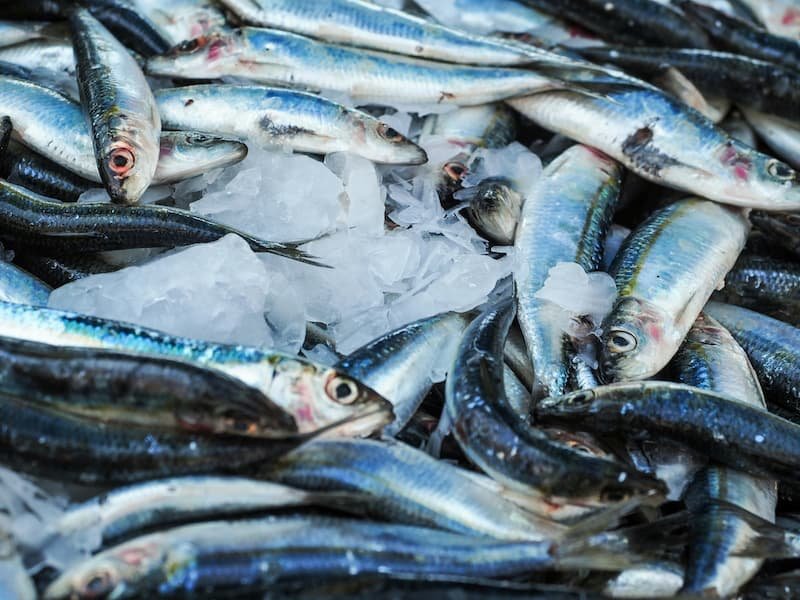
Spearfishing aligns perfectly with the concept of sustainable consumption. When you catch a fish, you’re likely to eat it that day—fresh, local, and waste-free. There’s an inherent respect for the resource because it takes effort to obtain it.
On the flip side, commercial fishing leads to staggering levels of waste. Between bycatch, spoilage, and overharvesting, an alarming percentage of fish never even make it to market. Additionally, industrial fishing operations contribute to plastic pollution through discarded gear, broken nets, and packaging waste.
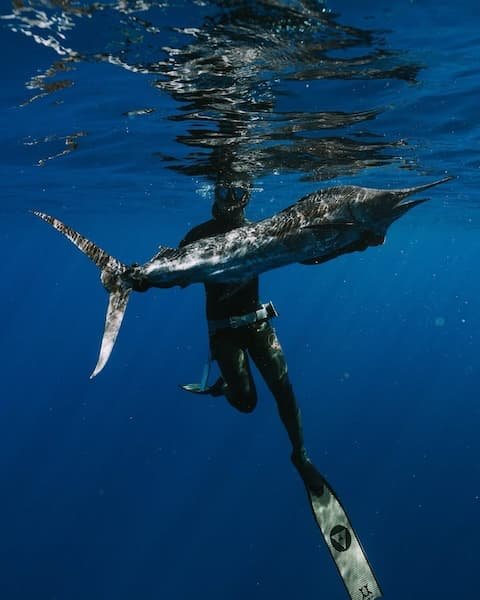
Spearfishing fosters a deep connection with the ocean. Divers become stewards of the sea, intimately aware of the health of their local ecosystems. They see firsthand when fish stocks are low or reefs are suffering, and they adjust their habits accordingly.
Commercial fishing, however, operates at a distance. Workers aboard large trawlers rarely see the damage they're causing—out of sight, out of mind. And because profits dictate practices, there’s little incentive to change unless regulations step in.
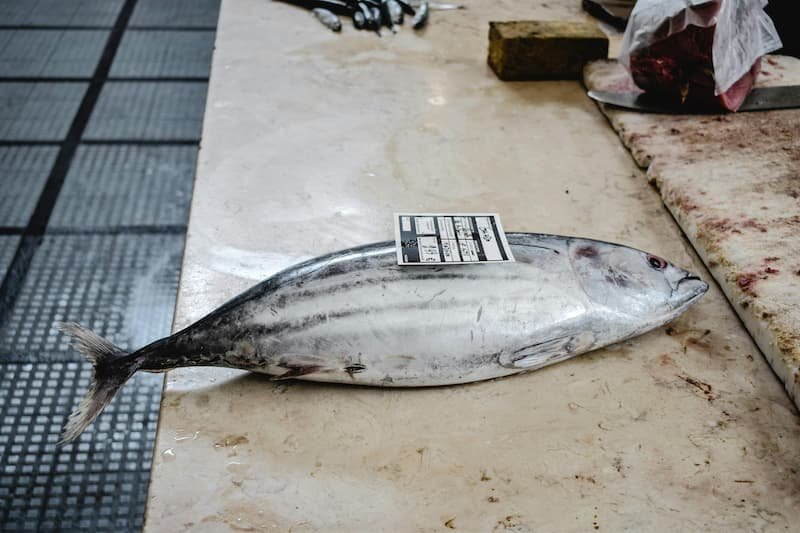
At the end of the day, comparing spearfishing to commercial fishing is like comparing a scalpel to a bulldozer. One is precise, sustainable, and in tune with nature; the other is industrial, destructive, and profit-driven.
Does that mean we should all switch to spearfishing and abandon commercial operations? Not necessarily. The reality is, billions of people depend on commercial fishing for their livelihoods and food security. However, reform is desperately needed. Sustainable practices, better regulations, and a shift in consumer choices could help bridge the gap.
So, next time you're standing in front of the seafood counter, take a moment to think about where your fish came from. The ocean will thank you.